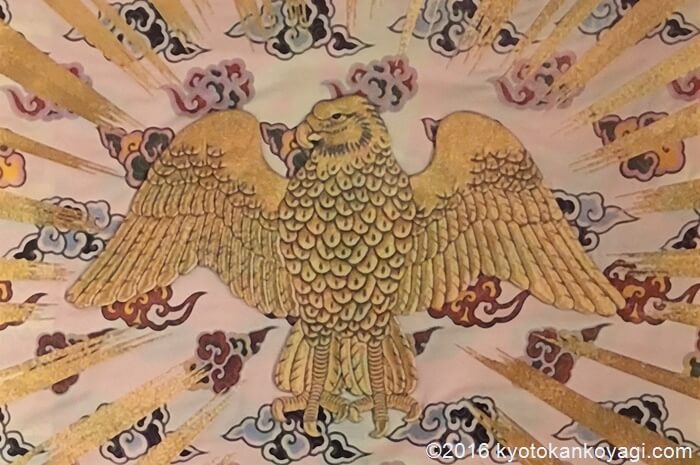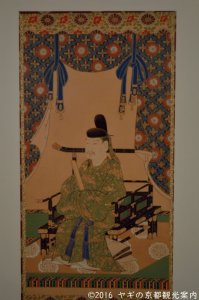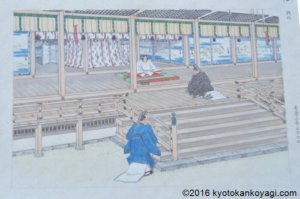Introduction
On 30th April 2019, Emperor Akihito gave up his throne. On the very next day, Naruhito, his son and former crown prince, acceded to the Chrysanthemum Throne and became the 126th Emperor of Japan (Senso) and the new era Reiwa started.
And Emperor Naruhito declares his accession on 22th October 2019. (Sokui no Rei)
In this article, we learn the role of the Emperor of Japan.
When a crown prince acceded to the Chrysanthemum Throne, there are important 3 ceremonies to be held.
- Senso no gi 践祚の儀
- Sokui no Rei 即位の礼
- Daijo Sai 大嘗祭
Who is Tenno Heika, the Emperor of Japan?
The Emperor of Japan is called “Tenno Heika (天皇陛下)” in modern Japanese. “Tenno” is a Sino-Japanese pronunciation of 天皇. The Kanji is pronounced “Sumera Mikoto” in Yamato Kotoba, the old Japanese language. “Heika (陛下)” means “His Majesty.”
The meaning of “Sumera Mikoto” sometimes leads us to controversy. So we only focus on the word “Mikoto” in this article.
In ancient times, “Mikoto” meant “To rein a particular world on the words of Deities.” The word reveals that Sumera Mikoto has a right to rein and to hold rituals to listen to the words.
Therefore, in Japanese mythology, Ninigi no Mikoto, an ancestor Tenno, descended to the earth by the order of Amaterasu Ohmikami, the most important Deity in Shinto.
When he (Ninigi no Mikoto) left Takamagahara, the place Japanese Deities lived in, she (Amaterasu Ohomikami) gave him three regalia to him. They called “Sanshu no Jingi”, or the Japanese Imperial regalia. They are integral parts of the rituals the Emperor holds.
What is Sanshu no Jingi, the Japanese Imperial regalia?
Yata no Kagami
Yata no Kagami is a mirror. When Amaterasu Ohmikami gave it to Ninigi no Mikoto, she said, “This mirror is nothing but my soul.” The most significant Sansyu no Jingi.
The genuine one is enshrined in Ise Jingu shrine. The replica of it is in Karabitsu container and enshrined in Kashiko Dokoro hall in the Imperial Palace.
Ame no Murakumo no Tsurugi
Ame no Murakumo no Tsurugi is a sword. It is a sword for rituals and not arms. In Japan, people believe sword is something sacred.
The genuine one is enshrined in Atsuta Jingu shrine.The replica of it is in a box and placed in Kenji no Ma hall in the Imperial Palace.
Yasakani no Magatama
Yasakani no Magatama is a stone. The genuine one is in a box and placed in Kenji no Ma hall in the Imperial house.
Senso no Gi 践祚の儀
Senso means “enthronement.” Gi means “ceremony.” No” means “of.” So, Senso no gi is roughly translated “A ceremony of enthronement. It consists of four ceremonies; Kenjito Shokei no Gi, Kasikodokoro no Gi, Koreiden Shinden ni Hokoku no Gi, and Sokui go Choken no Gi.
Kenjito Shokei no Gi 剣璽等承継の儀
Overview
This is the most important ceremony. “Kenjito” means “Kenji and the other things.” The new emperor inherits Kenji and Gyoji and Kokuji.
What is Kenji?
Kenji is two of three “Sansu no Jingi.” Sanshu no Jingi are; Yata no Kagami, Ame no Murakumo no Tsurugi. and Yasakani no Magatama.
The crown prince inherits them from his father to became Tennno.
Now he has two of three regalia. Why he does not inherit the rest of them, “Yata no Kagami?”
As I said previously, Yata no Kagami is “enshrined” at Kashiko Dokoro hall. It is enshrined in the hall and the new emperor has no need to inherit it. All he has to do is to hold ritual for it. On the other hand, the other two regalia are not enshrined but just placed in Kenji no Ma hall. They belong to the current Tenno and are something to be inherited.
After this ceremony, the crown prince has Sanshu no Jingi, the Japanese Imperial Regalia and enthronement is completed. Now he is Sumera Mikoto who has a right to To rein a particular world on the words of Deities.
The other things to be inherited
Gyoji and Kokuji
Gyoji is “In” (something like a name stamp Japanese people use as signature) of emperor and Kokuji is “In” of Japan.
Kasikodokoro no Gi 賢所の儀
In Kashikodokoro hall in the Imperial house, the enthronement is reported to Amaterasu Ohomikami.
Koreiden Shinden ni Hokoku no Gi 皇霊殿神殿に奉告の儀
In Koreiden hall and Shinden hall, the enthronement is reported to all the ancestors of the emperor and all the Deities individually.
Sokui go Choken no Gi 即位後朝見の儀
At Imperial Palace, the enthronement is reported to government officials such as the heads of the three powers and local representatives.
ヤギの京都観光案内/KYOTO GOAT BLOGをもっと見る
購読すると最新の投稿がメールで送信されます。





